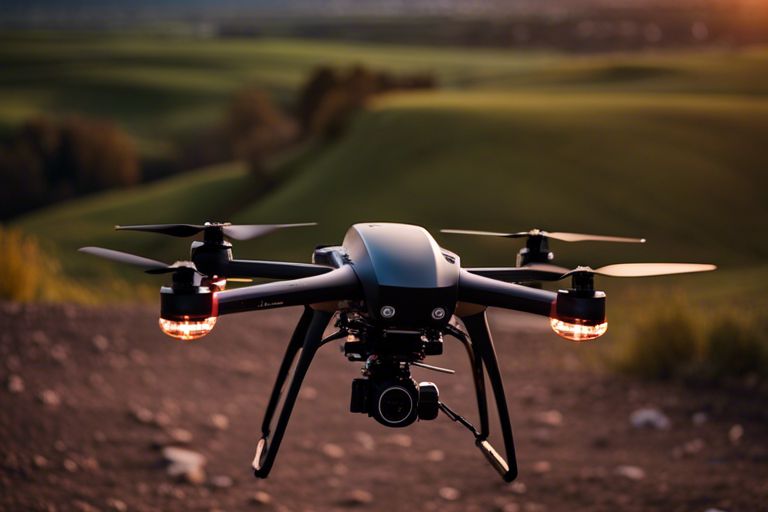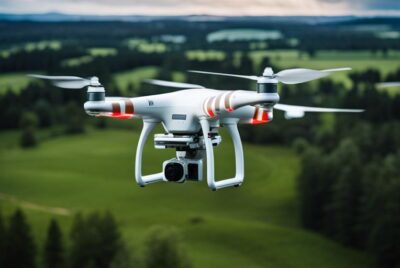“Drones in Film Production – Behind the Scenes of Aerial Cinematography”
Aerial cinematography has been revolutionized by the use of drones in film production, offering filmmakers a new perspective and endless creative possibilities. In this blog post, we will examine into the world of aerial cinematography and explore how drones are changing the way films are made. From capturing breathtaking landscapes to dynamic action sequences, drones have opened up a whole new realm of possibilities for filmmakers looking to elevate their storytelling through stunning aerial shots.
Technical Aspects of Drones
To achieve stunning aerial shots in film production, drones have become indispensable tools for filmmakers. The technical aspects of drones play a crucial role in capturing breathtaking footage from unique perspectives that were once only possible with expensive equipment like helicopters. Understanding the types of drones used in filmmaking and the integration of cameras and equipment is essential for creating compelling visuals in the world of aerial cinematography.
Types of Drones Used in Filmmaking
To elevate the visual storytelling in films, various types of drones are utilized in filmmaking. Each type of drone comes with specific features and capabilities that cater to different filming requirements. Understanding the distinctions between these drones is crucial for filmmakers to select the right equipment for their projects. Perceiving the differences in drones’ size, weight, camera specifications, and flight time can significantly impact the quality and style of aerial cinematography.
| DJI Phantom 4 Pro | DJI Inspire 2 |
| Weight: 1380g | Weight: 4000g |
| Flight Time: 30 minutes | Flight Time: 27 minutes |
| Camera: 1-inch 20MP sensor | Camera: Micro Four Thirds sensor |
| Max Speed: 45mph | Max Speed: 58mph |
Any filmmaker looking to incorporate drone shots into their projects must consider the technical specifications of the drones available in the market. The choice of drone can greatly impact the overall visual storytelling and production quality of a film.
Camera and Equipment Integration
Integrating cameras and equipment with drones is a critical aspect of aerial cinematography. Advanced drones come equipped with payload capacities that allow them to carry professional cameras, gimbals, and other filming accessories. The seamless integration of cameras with drones enables filmmakers to capture cinematic shots with stability and precision, revolutionizing the way aerial scenes are filmed.
Drones equipped with high-resolution cameras, such as RED or ARRI models, can deliver professional-grade footage that matches the quality of traditional film cameras. Plus, the integration of specialized gimbals and stabilization systems ensures smooth and shake-free footage, even in challenging flying conditions. This level of camera and equipment integration has truly transformed the possibilities of aerial cinematography, allowing filmmakers to push the boundaries of creativity in their storytelling.
Creative Impact
Enhancing Visual Storytelling
Some of the most significant creative impacts of using drones in film production are seen in how they enhance visual storytelling. The ability to capture aerial shots provides filmmakers with a new perspective, allowing them to create breathtaking scenes and convey emotions in a powerful way.
The dynamic movements and sweeping vistas that drones can capture add depth and dimension to the storytelling process. By incorporating drone footage, filmmakers can immerse the audience in the narrative and make them feel like they are part of the action, creating a more engaging and memorable viewing experience.
Innovative Shots and Angles
The use of drones in film production has revolutionized the way filmmakers can capture shots and angles. Drones can maneuver in ways that traditional camera crews cannot, allowing for innovative and unique perspectives that enhance the visual appeal of a film.
For example, drones can fly through tight spaces, soar over vast landscapes, and capture shots from impossible angles, giving filmmakers unprecedented flexibility and creativity in their visual storytelling.
For a filmmaker looking to push the boundaries of conventional cinematography, drones offer a game-changing tool that unlocks endless possibilities for capturing stunning and innovative shots.
Impact: Drones have had a profound impact on the creative landscape of film production, offering filmmakers new ways to enhance visual storytelling and capture innovative shots and angles that were once thought impossible. By incorporating drones into their projects, filmmakers can elevate their storytelling to new heights and create visually captivating and memorable experiences for audiences.
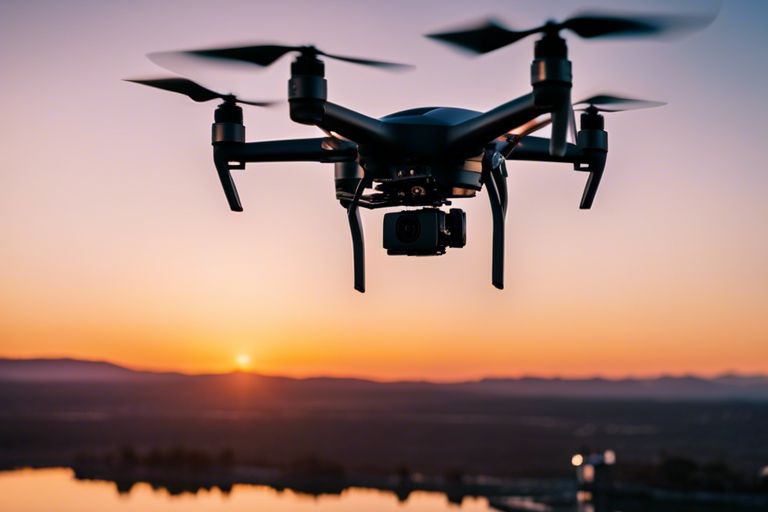
Operational Considerations
Safety and Regulations
For any film production involving drones, safety and adherence to regulations are paramount. It is essential to have a certified drone pilot who is well-versed in aviation laws and safety protocols. This individual should ensure that the drone is operated within legal limits, maintaining a safe distance from people, property, and other aircraft.
Furthermore, obtaining the necessary permits and permissions from relevant authorities is crucial. Different countries and regions have specific regulations governing drone usage, especially in airspace near airports or sensitive locations. Failure to comply with these regulations can lead to legal consequences and jeopardize the entire production.
Planning and Execution of Drone Shots
Operational considerations for planning and executing drone shots include detailed pre-production work. This involves scouting locations, assessing potential hazards, and creating a shot list that aligns with the director’s vision. Weather conditions must also be taken into account, as strong winds or precipitation can affect drone performance.
Operational precision is key during the actual filming process. The pilot and cinematographer must work closely together to achieve the desired shots, ensuring smooth and controlled movements of the drone. Communication is vital to coordinate the timing and positioning of the drone for optimal cinematic effect.
Operational Considerations for planning and executing drone shots involve a meticulous approach that prioritizes safety, creativity, and technical proficiency. Every detail, from airspace regulations to shot composition, plays a role in the success of aerial cinematography.
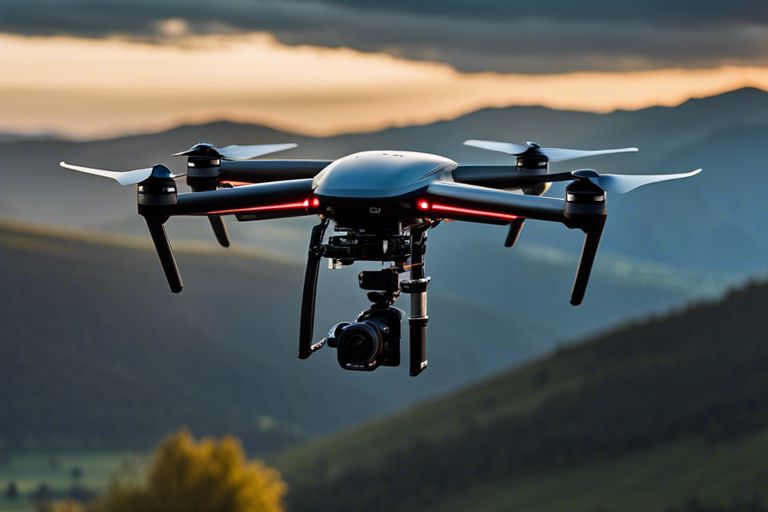
Industry Perspectives
Unlike traditional methods of aerial cinematography, the use of drones has revolutionized the film production industry by providing filmmakers with unparalleled creative freedom and cost-effective solutions for capturing stunning aerial shots. As the technology continues to advance, industry professionals are embracing drones as a valuable tool in their filmmaking arsenal, pushing the boundaries of visual storytelling.
Filmmakers’ Experiences with Drones
The integration of drones into film production has opened up a world of possibilities for filmmakers, allowing them to capture dynamic shots that were previously unreachable. The flexibility and maneuverability of drones have enabled directors to explore new angles and perspectives, adding depth and visual interest to their projects. From sweeping panoramic views to intense action sequences, drones have become an essential tool for capturing breathtaking aerial footage.
Working with drones requires a combination of technical skill and artistic vision. Filmmakers must understand the capabilities of drones and how best to utilize them to achieve their desired cinematic effects. With practice and experience, directors can seamlessly incorporate drone shots into their storytelling, enhancing the overall quality of their films.
Future Trends in Drone Cinematography
Future trends in drone cinematography point towards the continued evolution of technology to meet the demands of filmmakers. Innovations such as improved stabilization systems, longer flight times, and increased payload capacities will allow for even more complex and dynamic shots to be captured using drones. As the industry evolves, we can expect to see drones being used in a wide range of film genres, from action-packed blockbusters to intimate indie films.
With the rise of artificial intelligence and automation, drones are poised to become even more integral to the film production process. Advanced features like obstacle avoidance and intelligent flight modes will make it easier for filmmakers to achieve their creative vision while ensuring the safety and efficiency of aerial shoots. The future of drone cinematography is bright, offering endless possibilities for filmmakers to push the boundaries of visual storytelling.
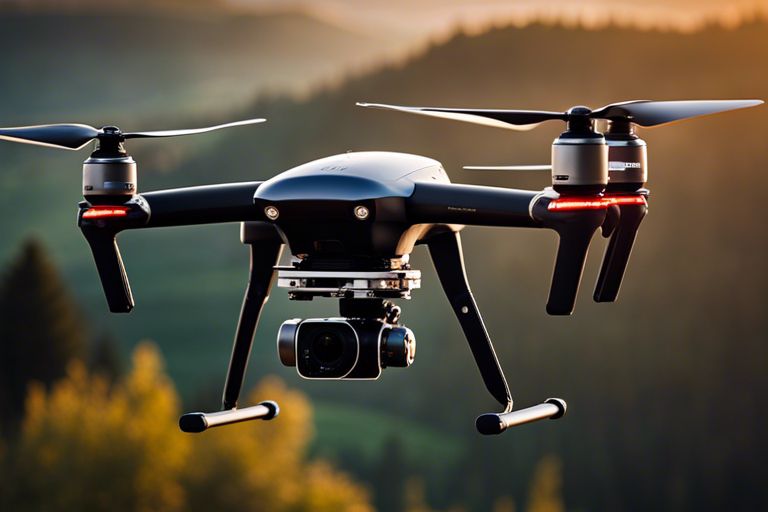
To wrap up
To conclude, the use of drones in film production has revolutionized aerial cinematography, allowing filmmakers to capture breathtaking shots that were once only possible with expensive equipment and large crews. Drones have opened up a whole new world of creative possibilities, leading to more immersive storytelling and visually stunning scenes. While there are still challenges and limitations to consider, the potential for drones in film production continues to grow as technology advances. As filmmakers continue to push the boundaries of what is possible with aerial cinematography, we can expect to see even more groundbreaking work that will captivate audiences around the world.
